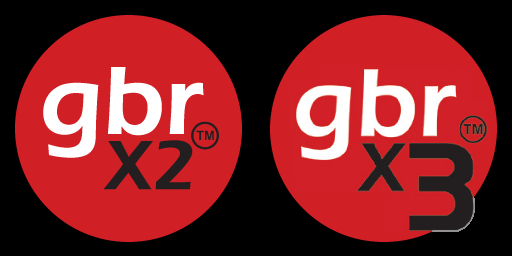If you have bare-board test pad data (in IPC-D-356 format) available for the PCB under test, this should be imported to the product prior to creating a test fixture. Test pad data can either be imported when the product is initially created in the Import module, or it can be imported to an existing product in the Assembly Data Manager. Each time a test pin is created, if a test pad exists at that location then the signal name, designator and pin number will automatically be extracted from the test pad for use with the test pin being created.
As pins are added to a test fixture, information is added to three “layers”:
- A pad with the hole diameter is added to the Test fixture lower or Test fixture upper layer.
- A symbol and text are added to the Test fixture drawing layer. For test pins the symbol represents the receptacle style: ▼ = R50, × = R75, + = R100, □ = R125, ▲ = R156, and the text indicates the pin head style (if specified). For other pins, the symbol is a large cross, and the text is: G = guide pin, S = support pin, P = press pin, C = test circuitry support pin. For an activation switch, the symbol is a square surrounding a circle, with the letter A.
- For test pins only, a cross and the Des:Pin or Signal name text are added to the Test fixture annotation layer.
Macaos Integrated Test Jig
For best results, a PCBA under test should be rotated so that the long dimension is the X dimension.
Box and legacy jigs
Test pins with different diameters usually also have different heights. Types R50 and R75 are of similar height and may be used together. Types RL75, R100, R125 and R156 are also of similar height and may be used together. Other combinations are not recommended.
The Macaos test accessories include cables that mate to test pin receptacles with wire-wrap bases. However, it may be difficult to attach connectors to all pins in a tight 1.91 pitch array. Therefore, we recommend avoiding a large number of tightly spaced test pins.
Guide pins are designed for use with a bottom side fixture. They must be located at appropriate holes in the board. These both align and support the board. To provide support for the board in an area without suitable holes, a support pin may be placed. These have a flat top and are shorter than guide pins.
Macaos Box and Legacy jigs are supplied with a universal top fixture with numerous slots, allowing press pins to be placed where appropriate. It will normally only be necessary to make a top-side fixture if it is not possible to access all test points from one side of the board.
If you wish to create test fixtures for testing two or more PCBs at the same time, you can create Multi-product panels with the PCBs to be tested, and then create a test fixture for the panel.



